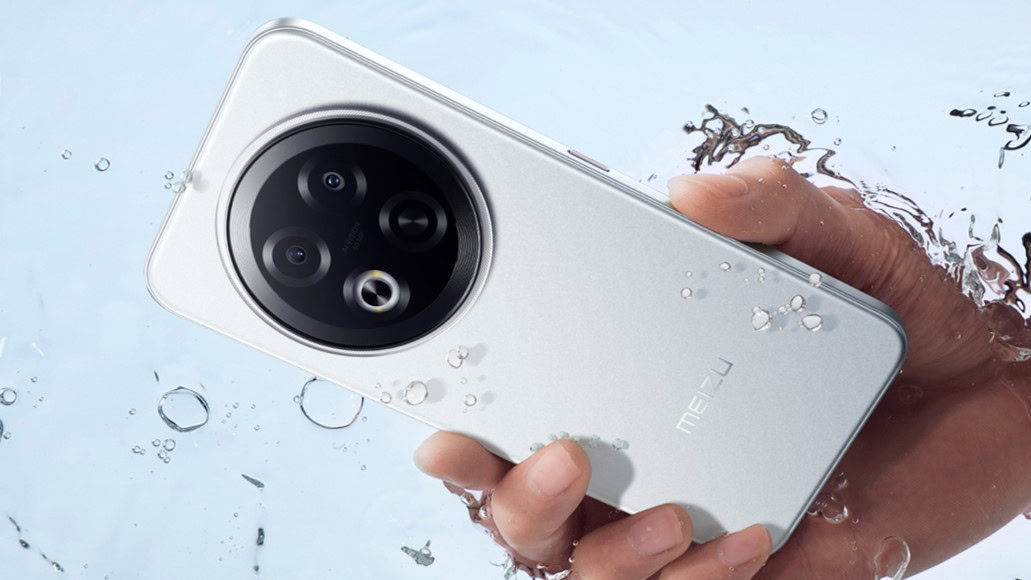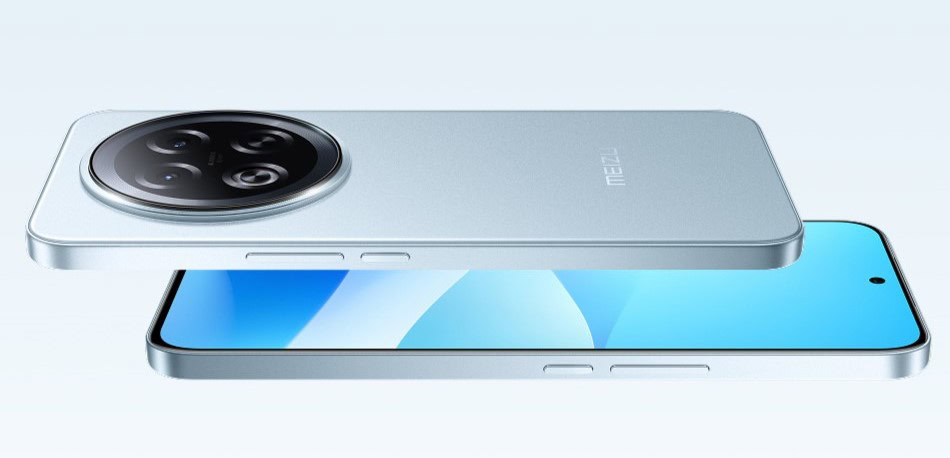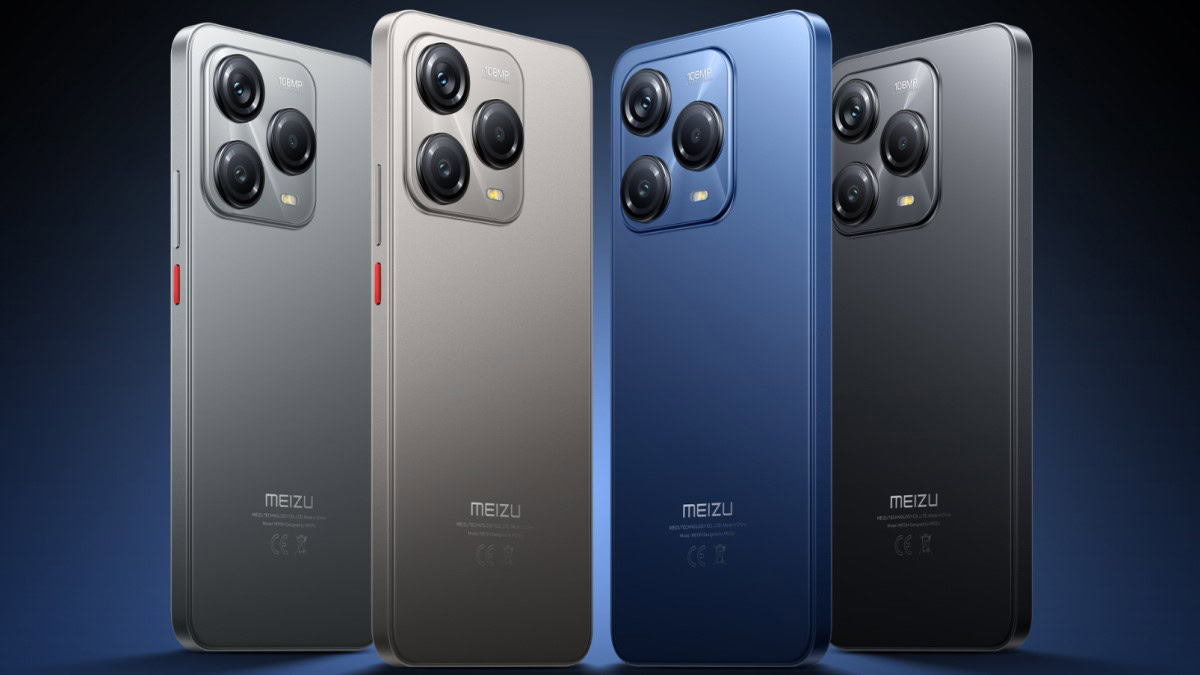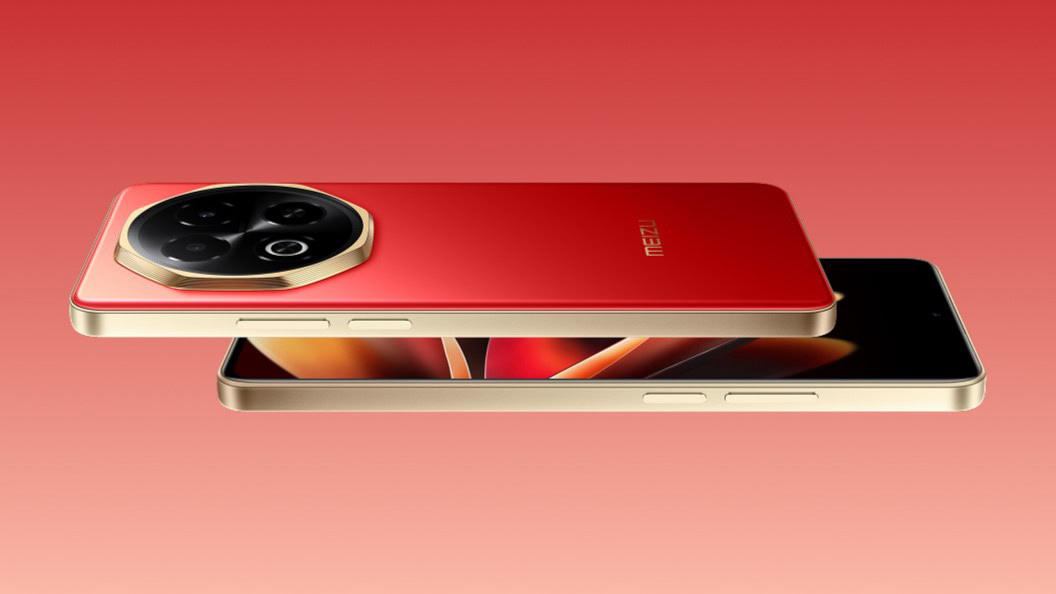
Known for its diverse smartphone offerings, MEIZU today is steadily growing with its converged AI ecosystem that combines hardware and software, multi-device interconnectivity, and full-scenario coverage. MEIZU smartphones, smart glasses, and smart cockpits are full-featured, rich experiences that are popular in emerging markets across Asia, Latin America, the Middle East, and Europe. In addition, the company’s portfolio includes more, such as smart glasses, smart rings, smart watches, tablets, and even the FlymeAuto car system.
Now, MEIZU is continuing its expansion efforts with its Global Launch Event today, showcasing a variety of new phones, XR products, and more. From phones with giant batteries, excellent cameras, or gaming-friendly displays all powered by MEIZU’s AI-focused FlyMe OS, to affordable smart rings and XR glasses, there’s something for everyone. Here’s what you need to know.
MEIZU Note 22 Pro 5G – Durable, rugged, and smooth

The MEIZU Note 22 Pro is a phone built to last, with its Titanium alloy body designed for shock resistance. Utilizing internal shock-absorbing beams, cushioning structures, and Corning Gorilla glass up front, the Note 22 Pro has undergone more than a thousand reliability tests and is rated to withstand falls from up to 1.8m from all sides and corners.
Add to it an IP68 rating for dust and water resistance, with more than 15 sealed components for full-body water resistance, and you know that the Note 22 Pro will be well-protected from any damage or the elements, wherever you are.
A phone made to last years needs the performance to back that up, and MEIZU has that covered. Powered by the Snapdragon 7S processor and 16GB RAM, with up to 12GB of additional virtual RAM, everything is as smooth as you can expect.

The impressive 144Hz refresh rate of the 6.78-inch 1.5 K resolution display adds to the feeling of silky smoothness. Whether playing your favorite games, taking pictures with the excellent 50MP camera, or simply scrolling through TikTok, performance isn’t a concern with the Note 22 Pro.
Finally, the huge 6,200mAh battery keeps everything running for a long time. And if you do run out of juice, 80W fast charging will give you a 50% charge in just 22 minutes.
Available from from $299 to $369 in three striking colorways—Lake Glide, Star Ash, and Cloud White—the MEIZU Note 22 Pro is an excellent option for those who want the complete package.
MEIZU Note 22 – A stunning camera on an affordable phone

The MEIZU Note 22 isn’t just a less-powerful variant of its Pro sibling; it has its own unique selling point—an excellent 108MP primary camera that’ll help you take beautiful photos in any lighting condition.
Combined with an 8MP ultrawide shooter, a 2MP portrait camera, and a 32MP selfie camera, the Note 22 should be your go-to if you’re looking for an affordable smartphone with a flagship-level camera setup.
The Note 22 isn’t a slouch in other areas, of course. The MediaTek Helo G99 processor and 8GB of RAM, which can be doubled virtually, keep everything running smoothly. You also get up to 1TB of storage, so you won’t have to worry about running out of space from all the photos you’ll be taking.
Everything looks great on the gorgeous 6.78-inch AMOLED display with a Full HD+ resolution, while the 120Hz screen refresh rate makes it smooth and lag-free. The device is powered by a 5,000mAh battery with impressive 40W fast charging.
The Note 22 utilizes MEIZU’s Titan Shield Architecture and has an IP54 rating for dust and water resistance, protecting the phone from damage and keeping it running for a long time. Available in a variety of color options, including Eclipse Black, Graphite Mist, Titanium Lux, and Steel Blue, the Note 22 has something for everyone. Its price will range from $179 to $299.
MEIZU Note 22 5G – Exquisite style and endurance

The MEIZU Note 22 5G isn’t just about speed—it’s engineered for endurance, durability, and everyday usability. With a rugged yet refined design inspired by traditional Chinese architecture, it combines premium aesthetics with real-world toughness. The Titan Shield alloy frame enhances resistance to drops, while the IP65 rating protects against dust and water, making it ready for whatever life throws your way.
Its 50MP AI-powered triple-camera system is ideal for capturing everything from detailed portraits to expansive landscapes, with smart scene optimization ensuring your shots always look their best.
Powering the Note 22 5G is up to 24GB of RAM (with virtual expansion), delivering consistently smooth performance over the long haul—whether you’re multitasking, gaming, or streaming. A massive 6,600mAh battery keeps you going for days, offering up to 48 days of standby time, and 40W fast charging gets you back to full power quickly when needed.
On the front, you’ll find a 6.78-inch Full HD+ LCD display that’s not only sharp and vibrant, but also flicker-free to reduce eye strain. A 120Hz refresh rate keeps scrolling and animations buttery smooth.
If you want a phone that balances power, style, and durability—with true all-day battery life—the MEIZU Note 22 5G delivers on all fronts. Get it in beautiful Pure Flame, Stonehold Black, or Snow White for $169 to $229.
MEIZU Mblu 22 Pro – Affordability and durability

Another exciting option if you’re in the market for an ultra-affordable smartphone designed to last is the MEIZU Mblu 22 Pro. The first Pro addition to the Mblu series, the Mblu 22 Pro brings plenty of features from its Note siblings to a significantly cheaper package.
That starts with the design. Also using MEIZU’s Titan Shield Architecture, the Mblu 22 Pro is constructed with high-strength materials and rigorously tested for reliability. Despite its price point, you don’t have to worry about shoddy construction or poor build quality with this phone.
It also offers plenty on the performance side. Powered by the MediaTek Helio G81 processor and 8GB of RAM (with an additional 8GB of virtual memory), the phone can easily handle most tasks. The 6.79-inch FHD+ display’s 120Hz screen refresh rate adds to the smoothness.
And with a 5,000mAh battery, the Mblu 22 Pro can comfortably last a full day, if not more, with everyday usage, including taking lots of pictures with the phone’s solid 50MP primary camera. If you’re looking for a phone that gets the essentials right, the MEIZU Mblu 22 Pro (available for $99 to $129) is worth considering.
MEIZU’s other releases at the Global Launch Event
MEIZU Mblu 22

The MEIZU Mblu 22 is as affordable as a smartphone can get while offering impressive features for the price. It has a large display with a 90Hz refresh rate, up to 12GB of extended RAM (4GB + 8GB virtual), and a solid 5,000mAh battery to keep the phone running for a long time.
MEIZU also highlighted a couple of exciting health and XR products at the launch event. While these devices are already available in China, the company is now bringing them to global markets.
StarV Ring2

The StarV Ring2 is all about health management. It offers comprehensive features, including sleep data tracking, stress management, blood oxygen monitoring, body temperature trends, and exercise monitoring. It also sets the industry benchmark in Hyperglycemia Risk Assessment and is one of the few smart rings with this feature.
You also get an impressive 15 days of battery life, and the lightweight, ceramic build feels comfortable on your finger. Its phone interaction capabilities also go beyond what you get with competitors, allowing you to answer calls, take photos, control the music player, and more.
And the best part is that you don’t have to worry about hidden charges or expensive monthly subscriptions to take advantage of all the features available with the StarV Ring2.
StarV View

Finally, there’s the StarV View. These incredibly stylish AR glasses are also designed for comfort, with an elastic hinge and a curved temple design that creates a comfortable, pressure-free fit. They weigh just 74g, and MEIZU has improved the weight distribution. All said and done, you can easily wear the StarV View for a long time without issue.
And you might want to because of the impressive video quality. You get what essentially amounts to an 188-inch screen, offering an unparalleled immersive experience whether you’re watching movies, playing games, or getting some work done.
The 120Hz refresh rate makes gaming a joy, and additional features like the ability to answer calls with a tap and a dual-mic noise reduction system make it a valuable work companion as well. The 700 nits of max brightness with ten adjustment levels makes it suitable for indoor and outdoor use. And you don’t have to worry about sound leaks, with a chamber design customized for privacy and leak-proofing.





